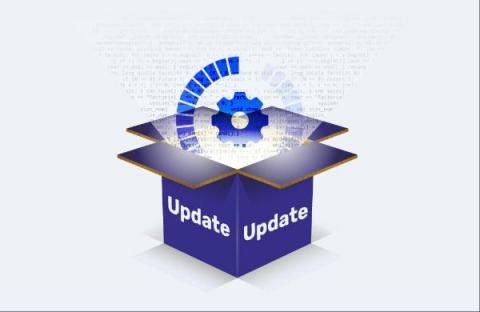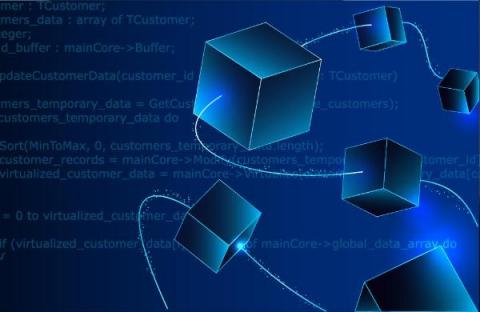There's a New Stealer Variant in Town, and It's Using Electron to Stay Fully Undetected
Our threat research team recently uncovered new npm packages that are used to download a new info-stealer variant that uses the popular Electron framework to disguise itself as a legitimate application. In this blog post, we’ll analyze the attack flow of this new info-stealer we detected and explain how it can stay undetected by abusing trusted development tools like Electron.










